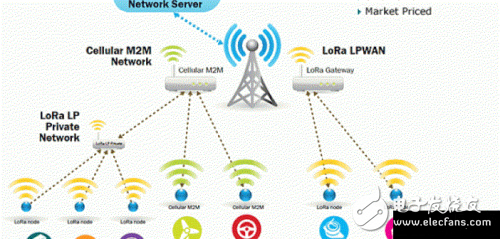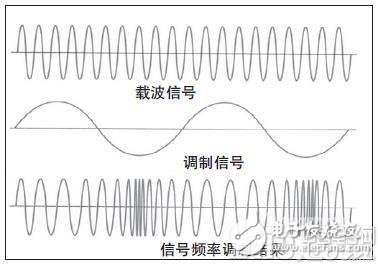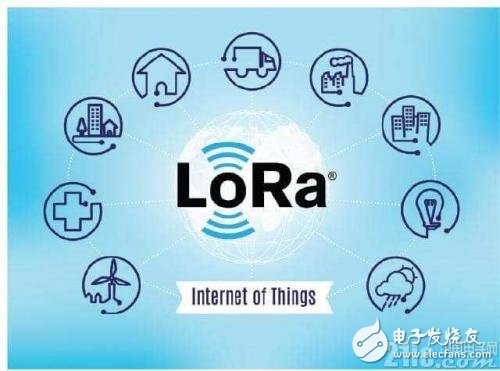When the transmission of wireless data becomes more and more widespread, we seem to realize that the technology of wireless transmission is truly by our side. This article briefly introduces two wireless communication modulation methods: the commonalities and differences between LoRa and FSK. First, let's take a look at the relatively popular wireless technology in China in recent years-LoRa. The LoRa modem uses patented spread spectrum modulation and forward error correction technology, which combines digital spread spectrum, digital signal processing and forward error correction coding technology. The new chip based on the ultra-long range low-power data transmission technology (Long Range, LoRa) below 1GHz released in August 2013 makes the receiving sensitivity of the LoRa module reach an astonishing -148dbm, which is comparable to other advanced Sub in the industry. Compared with GHz chip, the highest receiving sensitivity is improved by more than 20db, which ensures the reliability of network connection. Therefore, we discovered the first feature of LoRa modulation-expanding the coverage of the wireless communication link (achieving long-distance wireless transmission). The second feature of LoRa modulation is that it has stronger anti-interference ability. The ability to suppress co-channel GMSK interference signals reaches 20dB. With such a strong anti-interference performance, the LoRa modulation system can not only be used in frequency bands with high spectrum usage, but also in hybrid communication networks to expand coverage when the original modulation scheme in the network fails. The modulation application of FSK is relatively early and familiar to users who understand wireless transmission. Its main advantages are: it is easier to implement, and its anti-noise and anti-attenuation performance is better. It has been widely used in medium and low speed data transmission. The most common is a dual-frequency FSK system that uses two frequencies to carry binary ones and zeros. In binary frequency shift keying, the frequency of the carrier signal with a constant amplitude is switched with the change of the input code stream (called treble and bass, which represent binary 1 and 0). At present, the more commonly used method to generate FSK signal is to first generate FSK baseband signal, and use the baseband signal to modulate the frequency of a single carrier oscillator. In the baseband signal of the communication channel FSK mode, the mark uses the fH frequency, and the space signal uses the fL frequency. In FSK mode, Hamming error correction coding and decoding technology is not used. Based on the above brief introduction, the user can also have two simple understandings of the two modulation methods. In comparison, the difference between LoRa and FSK modulation applications is: For example, consider the LM400T model, which uses the LoRa modulation mode. Most users who choose it are used in environments where the communication distance is relatively long and the environment is relatively harsh, and this LoRa supports secondary development, which is also more user-friendly. Favored usefulness. The ZM7139 is a newly introduced FSK modulated module, which is more suitable for environments with shorter communication distances. The application of wireless communication involves a variety of parameters, such as power consumption, transmission distance, transmission data volume, and so on. In long-distance transmission, combining various indicators, LoRa module and Sub-G module may be the best choice. Dongguan Guancheng Precision Plastic Manufacturing Co., Ltd. , https://www.dpowerchargers.com



